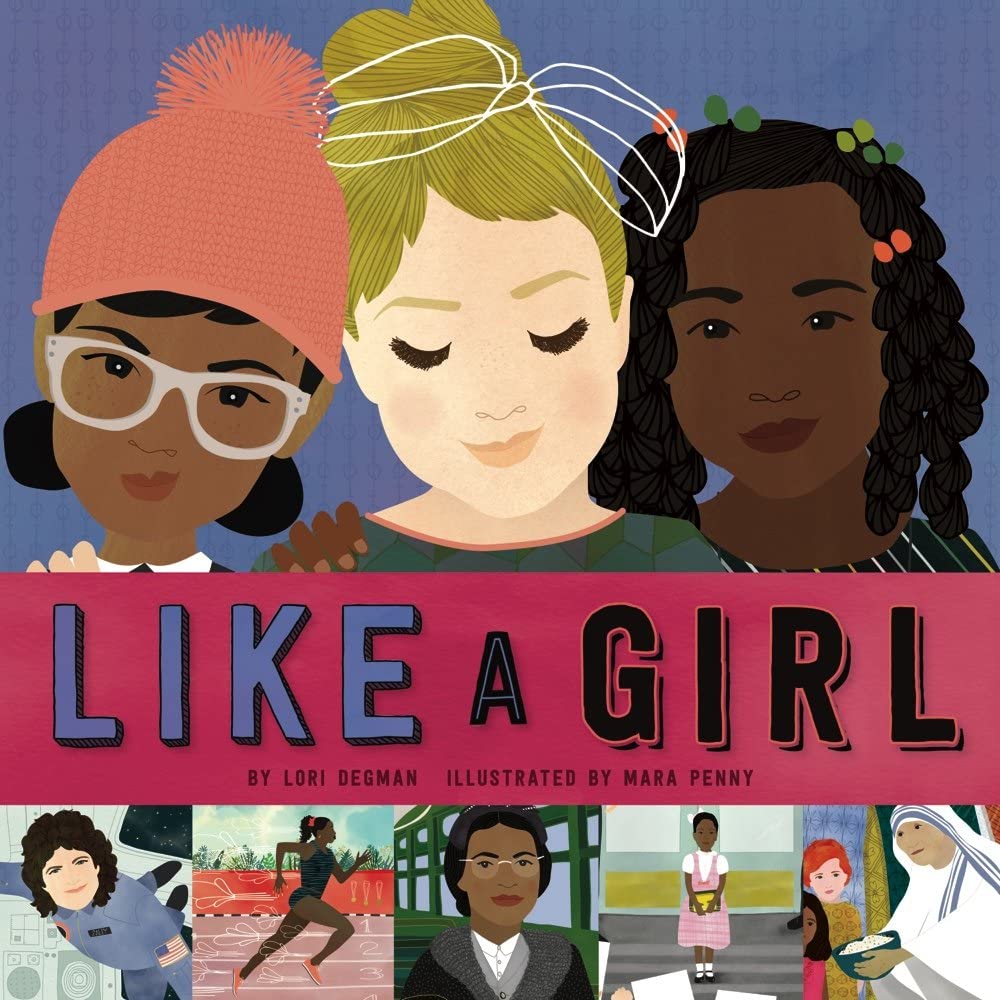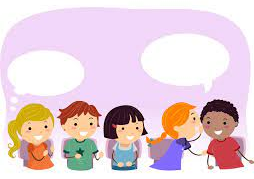The Library has an AMAZING collection of books featuring stories and information written by and about people from varied backgrounds, races, ethnicities, life experiences, and viewpoints. We love to share selections that demonstrate the range of our collection all year and we encourage you to explore these books with us!
This month, we are highlighting activities and books in our collection by and about women from the past and in present-day. Check these out below and join us at one of our programs, which feature information and stories in celebration of Women's History Month.
READ: Like a Girl by Lori Degman

Use your library card or apply for an ecard here to access our digital library!
Once upon a time, "like a girl" was an insult. Not anymore! In every walk of life, girls are demonstrating their creativity, perseverance, and strength. From civil rights activist Rosa Parks, who stood up for her beliefs by staying seated, to astronaut Sally Ride, the 24 women profiled here took risks, broke barriers, and transformed the world. This tribute to girl power will inspire young people everywhere.
Questions to think about while you read:
- Many of these women or girls were the very first to do something. Do you think that is scary? Why or why not?
- These women are well-known because of their accomplishments and contributions. Do you think that is what they intended, to become famous? Or do you think that people recognized the value of their actions, leading to their fame?
- Which of these women do you personally admire most and why? Do you see yourself in her? What characteristics do you share?
PLAY: Wireless Communication Game

This game is inspired by Hedy Lamarr, who is most known as a famous actress, but she was also an inventor! Hedy created a technology called frequency hopping in the 1940s that we still use today to keep our cell phone messages private and to defend our computers from hackers. To read more about her, check out Hedy Lamarr's Double Life by Laurie Wallmark.
Supplies:
- Rope or tape (to make a starting line)
- Blindfold
- Props: chair, hula hoop, a hat, cup, jug of water, etc.
- Written instructions (see game instructions below)
Instructions:
- Put the rope or tape down as a starting line.
- Ask the group to select their best Listener. Bring that person forward 20 feet and blindfold them. Tell them they cannot speak from then on until the game is over. Also tell them not to move unless told to do so.
- Ask the group to select their best Communicator. Bring them forward 10 feet and turn them so they face the group, who should all be standing on the starting line. The Communicator may not turn around to look behind themselves. However, they are allowed to speak.
- Tell the group on the starting line they may not say anything until the game is over.
- Now produce some props (a chair, a hoop, a hat, a glass, a jug of water, etc.).
- Produce a set of written instructions, for example: “Direct the Listener to put on the hat, sit on the chair and pour themselves a cup of water, then drink it!” Give these instructions to the group on the starting line.
- Without speaking, the group has to make the Communicator understand the directions so they can tell the Listener what to do.
Note: “mouthing” and whispering the directions to the Communicator is not permitted. Miming only!
EXPLORE: Create a Field Observation Journal

This activity is inspired by Jane Goodall, a primatologist and anthropologist who has devoted her life to studying the behavior of chimpanzees. As a result of her hours of observation and information collection, she discovered that chimpanzees have family relationships and use objects like sticks and stones as tools. To learn more about Jane Goodall, check out I am Jane Goodall by Brad Metzger. You can be like Jane: go outside, observe nature, and record your observations in this journal!
Supplies:
- Manila envelope (any size, but smaller ones make great pocket journals)
- Lined paper
- Scissors
- Stapler
- Clear packing tape
Instructions:
- Fold envelope in half, with the flap going toward the center.
- On the side opposite of the flap, carefully cut both sides from the bottom to the crease.
- Insert the scissors inside the side you just opened by cutting, cut the top page ONLY of the center seam. Now the flap opens up away from the center.
- Staple some lined paper that has been trimmed to fit in the center section; this is for observation notes.
- Use clear packing tape to seal the bottom of the envelope, so it can be used to collect specimens.
Now you are ready to go outside and begin recording your observations!
- Choose a plot of land, this can be your backyard, a park, etc.
- Go visit this site for 30 minutes once a week for at least two months.
- In your journal, write the site name, location, and include a drawing or photograph of the site.
- On the notes section of your journal, include the date and write down what you observe: any wildlife, plant life, or evidence of nature such as seed pods, animal tracks, feathers, etc. Make note of what you hear. Notice things like changes from your previous visits. Each entry should include detailed descriptions.
- Include observation drawings or sketches on the sides of your journal; draw pictures of leaves, trees, flowers, animals, birds, etc. Use pencils or colored pencils for your drawings.
- Include pressed leaves, feathers, flowers, or other small specimens you find. You can put them in the side of the journal with the envelope flap for safekeeping. If a specimen is too big to keep (like a nest), you can take a picture and add it to the journal.
From Teaching Science
JOIN: Attend a program virtually or in person!
View all school age programs and events offered this month.
For virtual programs, registration is required to receive the Zoom link; use the link in the program information to register.
For in person programs, registration is required; if space allows, walk-ins will be admitted. Use the link in the program information to register.


